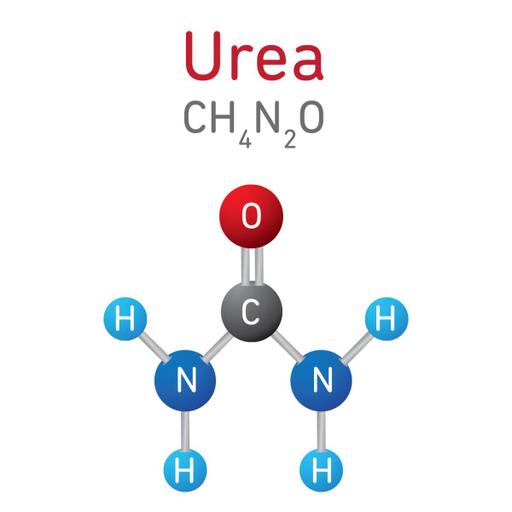Urea Cycle
Presentations | English
Does Urea Cycle play an important role in metabolic functioning? Urea is the chief nitrogenous end product of the metabolic breakdown of proteins in all mammals and some fishes. It occurs not only in the urine of mammals but also in their blood, bile, milk, and perspiration. The Urea Cycle is a cycle of biochemical reactions that produces urea (NH₂) ₂CO from ammonia. This cycle occurs in ureotelic organisms. The urea cycle converts highly toxic ammonia to urea for excretion. This cycle was the first metabolic cycle to be discovered, five years before the discovery of the TCA cycle. The urea cycle or ornithine cycle converts excess ammonia into urea in the mitochondria of liver cells. The urea forms, then enter the bloodstream is filtered by the kidneys and is ultimately excreted in the urine. The urea cycle takes place in the liver, starting in the mitochondria of hepatocytes, the only place where free ammonia is released. Urea is a plant metabolite derived either from root uptake or from the catabolism of arginine by arginase. In agriculture, urea is intensively used as a nitrogen fertilizer. Urea nitrogen enters the plant either directly, or in the form of ammonium or nitrate after urea degradation by soil microbes.

8.75
Lumens
PPTX (35 Slides)
Urea Cycle
Presentations | English
